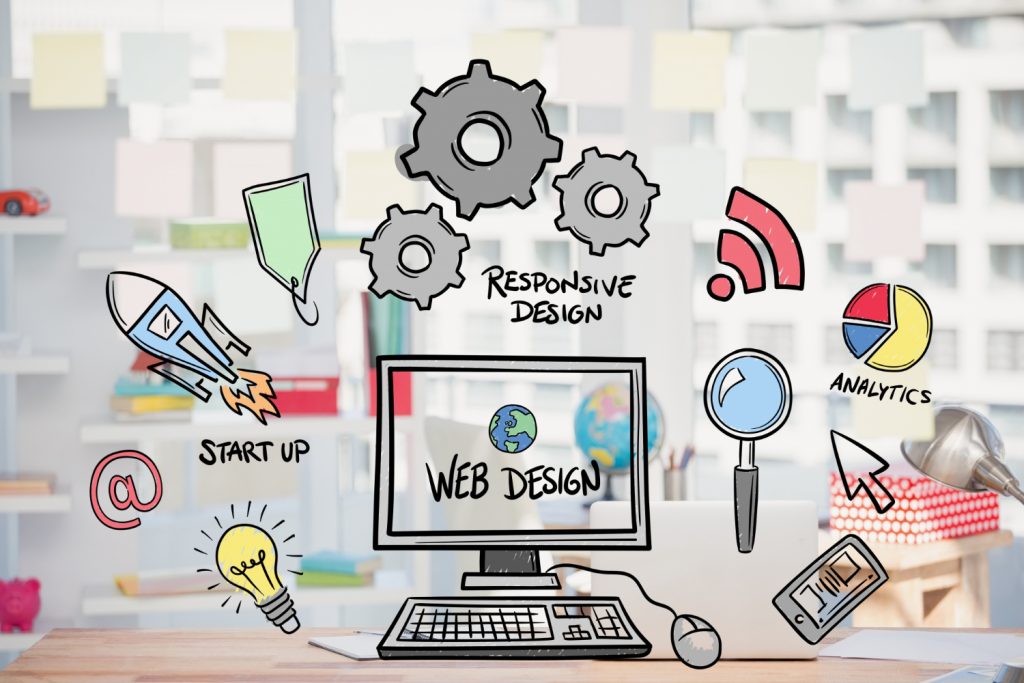Front-end development is an exciting and ever-evolving field that requires the right set of tools to build user-friendly, high-performing websites and web applications. Whether you’re a beginner or a seasoned developer, having access to the best software can make a significant difference in productivity and efficiency. From code editors and version control to design tools and performance optimization solutions, this list of essential tools will help you streamline your workflow. In this blog post, we’ll explore 19 of the best tools for front-end developers in 2025, breaking down their features, advantages, disadvantages, and pricing.
1. Visual Studio Code
Features:
- Lightweight yet powerful code editor
- Built-in Git support
- Extensive library of extensions
- IntelliSense for smart code completion
- Cross-platform support (Windows, macOS, Linux)
Pros:
- Highly customizable with extensions
- Strong community support
- Integrated debugging tools
Cons:
- Can be resource-intensive with too many extensions
- Requires setup for optimal performance
- Some features have a learning curve
Pricing:
Free – Visit Visual Studio Code
2. Chrome DevTools
Features:
- Inspect and modify HTML/CSS in real-time
- Performance monitoring and debugging
- JavaScript console for testing code
- Network activity tracking
- Lighthouse for site optimization
Pros:
- Free and built into Google Chrome
- Comprehensive debugging and profiling tools
- User-friendly interface
Cons:
- Limited to Chrome browser
- Can be overwhelming for beginners
- Lacks built-in collaboration tools
Pricing:
Free – Visit Chrome DevTools
3. GitHub
Features:
- Source code hosting with version control
- Collaboration tools for teams
- Integrated CI/CD workflows
- Issue tracking and project management
- Extensive community contributions
Pros:
- Free public repositories
- Seamless Git integration
- Wide adoption in the developer community
Cons:
- Private repositories require a paid plan
- Learning curve for beginners
- Can be overwhelming with advanced features
Pricing:
Free for public repositories, paid plans start at $4/month – Visit GitHub
4. Figma
Features:
- Collaborative UI/UX design tool
- Cloud-based for easy access
- Prototyping and interactive mockups
- Plugins and third-party integrations
- Version history and feedback tools
Pros:
- Real-time collaboration
- Browser-based, no installation required
- Great for design-to-development handoff
Cons:
- Free plan has limited features
- Can be slow with large files
- Requires internet access
Pricing:
Free for basic use, paid plans start at $12/month – Visit Figma
5. Bootstrap
Features:
- Responsive front-end framework
- Pre-built components and templates
- Grid system for flexible layouts
- Customizable via Sass
- Extensive documentation and community support
Pros:
- Speeds up development time
- Ensures mobile-first design
- Large ecosystem and support
Cons:
- Can lead to bloated code
- Customization requires Sass knowledge
- Not ideal for highly unique designs
Pricing:
Free – Visit Bootstrap
6. Tailwind CSS
A utility-first CSS framework that provides highly customizable styling options.
Features:
- Utility classes for styling
- Mobile-first approach
- Built-in dark mode support
- CSS-in-JS support
- Optimized for performance
Pros:
- Highly customizable
- No need to write custom CSS
- Lightweight and fast
Cons:
- Initial learning curve
- Requires familiarity with utility classes
- Can lead to messy HTML if not organized properly
Pricing:
Free Get Started
7. GitHub
A platform for version control and collaboration that enables teams to manage code repositories effectively.
Features:
- Git version control
- Pull requests and code reviews
- Issue tracking and project boards
- Actions for automation
- Security vulnerability detection
Pros:
- Enhances team collaboration
- Ensures code backup and versioning
- Large community support
Cons:
- Learning curve for Git commands
- Free plan limitations
- Can be complex for beginners
Pricing:
Free for basic use; paid plans start at $4/month Explore GitHub
8. Figma
A web-based UI/UX design tool that allows designers and developers to collaborate in real time.
Features:
- Cloud-based design collaboration
- Vector editing tools
- Prototype and animation support
- Plugins and integrations
- Cross-platform accessibility
Pros:
- Real-time collaboration
- No installation required
- Free version available
Cons:
- Limited offline functionality
- Free plan has file restrictions
- Performance issues with large files
Pricing:
Free for individuals; paid plans start at $12/month Explore Figma
Conclusion
These 19 front-end development tools offer a wide range of functionalities to streamline workflows and enhance efficiency. Whether you’re focusing on coding, design, or debugging, there’s a tool available to suit your needs. When choosing the right tool, consider factors such as ease of use, community support, scalability, and compatibility with your workflow. Investing in the right tools can significantly improve your productivity and the quality of your projects.
Choose wisely, experiment with different tools, and find what works best for your development process!







